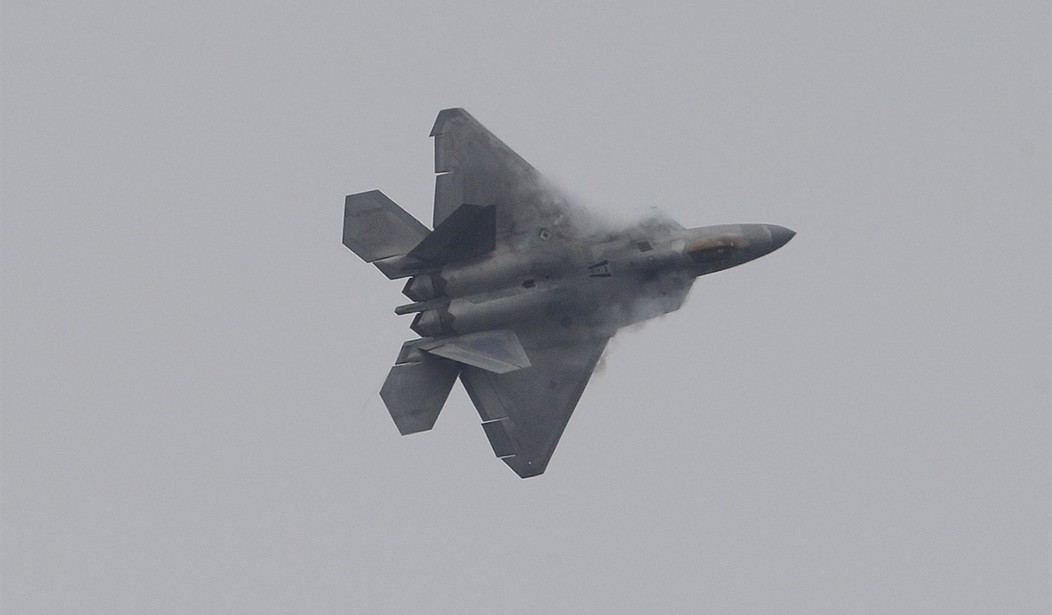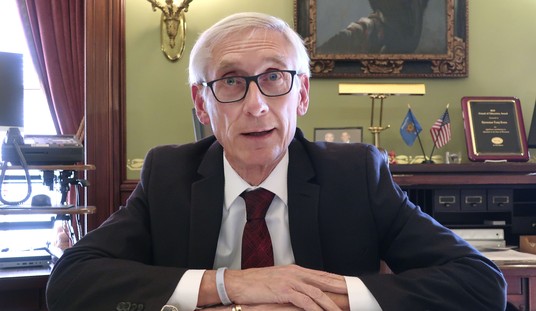After D-Day, 2nd Lt. John Eisenhower told his famous father: “You’d never get away with this if you didn’t have air supremacy.”
Gen Dwight Eisenhower replied that, “Without air supremacy, I wouldn’t be here.” American planes and pilots had made that invasion possible.
The United States Air Force lives by a motto: Global Vigilance, Global Reach, Global Power. The Air Force can demonstrate American power and resolve anywhere on the globe to keep the peace and defend America’s interests. I saw this first-hand when I witnessed the first B-2 Spirit bomber’s historic non-stop deployment from its home base in Missouri all the way to Guam. The two sexy, stealthy attack craft refueled over the Pacific during the 7,200-mile flight. Aerial refueling capability is one of the keys to Air Force power.
To project power anywhere anytime, the Air Force uses a system of the world’s most capable fighters and bombers, all kept in the air by a fleet of tanker aircraft. While we’ve modernized the fighters and bombers over the years, chiefly the F-22 Raptor and the B-21 Raider, the tankers are aging.
Owning the air is key, along with leadership, decisiveness, and resolve, to winning on the ground. Congress needs to focus on protecting American jobs while adding to our national security infrastructure. America’s lead in airpower depends on it.
We have been projecting power ever since the U.S. military first adopted flight. In fact, it’s been decades since any other country’s pilots have even been able to stay in the air with American military pilots. American planes are simply better. Our pilots and our training are superior. I learned about all this up close during my years in the Air Force and with NASA.
We need to keep up that formula and remain the best. Unfortunately, some want to outsource our military to the people we helped save on D-Day, the French.
Here is the developing story: The Air Force needs to build some new tanker jets. The version of the tanker that we’re using now is completely outdated; it’s based on the old Boeing 707. The KC-135 first flew in 1956. That was several generations of fighter aircraft and types of warfare ago. The plan is to develop a new fleet of tankers and roll them out around 2030. But it needs a “bridge” tanker to get us there.
This bridge will link the current (American) technology with the future (American) technology. So why would it be built by the French?
Related: Keeping the Air Force Ready with the F-15X Super Eagle
“While the Air Force looks for any interested companies to respond, only two aircraft are mature enough for the competition: the existing KC-46 and the Airbus A330 Multi-Role Tanker Transport, which already lost to the Pegasus in the previous controversial competition,” explains Air Force magazine. The Airbus version is, of course, built by a European conglomerate. But it has some supporters in the U.S.
“The Airbus alternative is getting a push in Congress from legislators tied to Alabama, where Airbus would send jetliners to be modified into a tanker configuration if it had a U.S. buyer,” writes military analyst Loren Thompson. “The Airbus tanker might be offered in concert with Lockheed Martin, which has a teaming arrangement with Airbus on aerial refueling opportunities.”
The Airbus approach comes with several problems. First, the company would build its planes on a commercial assembly line, then send them to Alabama to be modified to meet the Air Force’s needs. But the plane wouldn’t need one or two changes; the Air Force tanker requires more than 700 unique aspects. Boeing builds tankers on a separate assembly line, so it can bake the requirements into the design of the line and make swift changes if any updates are needed.
The Airbus approach would be more cumbersome and less flexible. Writing in Forbes, military analyst Thompson notes that the existing tanker, the KC-46 Pegasus, “comes equipped with flight deck armor to protect the crew and is hardened against the electromagnetic pulse generated by nuclear weapons. Airbus will have to comply with all sorts of new requirements, otherwise the Air Force will end up with a less flexible fleet of disparate refuelers.”
Also, Airbus would be partnering with Lockheed Martin, an American contractor not exactly known for meeting specifications. Lockheed’s F-35 is a boondoggle for the entire military. It has always overpromised and underdelivered. It will end up costing billions more than was budgeted, and it may not ever work properly.
That is a problem, but one that can be managed. After all, the Air Force has other fighter jets that can sub in for the failing F-35. The Air Force still has a mix of about seven different fighter platforms and is developing the stealthy B-21 to replace the B-1 and B-2 platforms. But the Air Force simply must have working tankers to keep the fleet in the air. It can’t afford to allow Lockheed to mess this up, or the Air Force’s reach may cease to be global.
In recent years, the American military has been challenged all around the world. But the Air Force has never failed to keep its fleet in the air, and it has risen to meet every single requirement. We need to build the next generations of tankers here and keep American forces miles ahead of any competition.









Join the conversation as a VIP Member